In its quest for high-performing, flexible and — most importantly — small imaging systems, Apple on Tuesday was granted a patent for a spherical photosensor and lens array that provides high-resolution capture in an incredibly compact package.
As published by the U.S. Patent and Trademark Office, Apple's U.S. Patent No. 9,244,253 for a "Small form factor high-resolution camera" marries cutting edge sensor technology with similarly complex optics to create a compact, high-performance digital shooter suitable for deployment in iPhone and iPad.
In some embodiments Apple describes a photosensor that is spherically curved to receive incoming light, refracted through specially crafted lenses, onto a concave surface. An apt analogy would be a bowl filled with water; the bowl represents a spherically curved image sensor and the water a fitted lens system.
To correct for diffraction and visual aberrations that propagate within miniature cameras, the proposed lens system includes three lenses, two of which are convex or substantially convex. A third meniscus lens, or a lens with opposing convex and concave surfaces, is situated between the first two lens elements and the spherical photosensor. The meniscus lens' concave surface faces the first two lens elements, and thus incoming light rays, while the convex surface interfaces with the sensor, focusing light onto the sensing surface.
This unique arrangement provides a comparatively small ray fan spot size for all field heights at the image plane, allowing for sharp, low-distortion images. Apple says that employing a curved array limits diffraction across the image field (it scores high in point spread function and modulation transfer function metrics), thereby allowing for a smaller photosensor with equally tiny pixels. Further, with an axial length of two millimeters or less, the total camera package is incredibly compact.
The setup does come with a few drawbacks, however, the most prominent being native barrel distortion, or a bubble-like warping. Apple proposes a software solution for correcting such unwanted effects, which can appear in varying degrees of severity depending on focal length, aperture and other system settings.
It is unclear if Apple intends to apply its curved photosensor patent in future iPhones, as the company has long relied on Sony's stellar backside-illuminated modules for its imaging needs. The technology could, however, delay the inevitable as Apple races to cram more components into an ever-shrinking device lineup.
Apple's curved spherical photosensor patent was first filed for in 2013 and credits Xi Chen, David S. Gere and Matthew C. Waldon as its inventors.
 Mikey Campbell
Mikey Campbell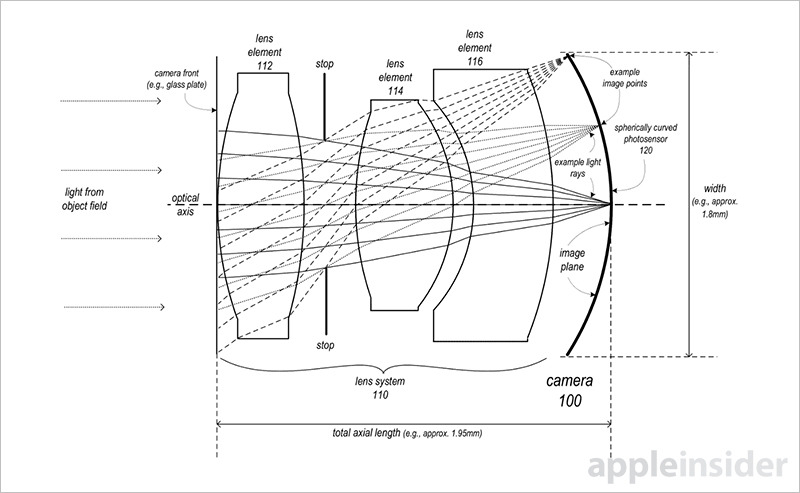
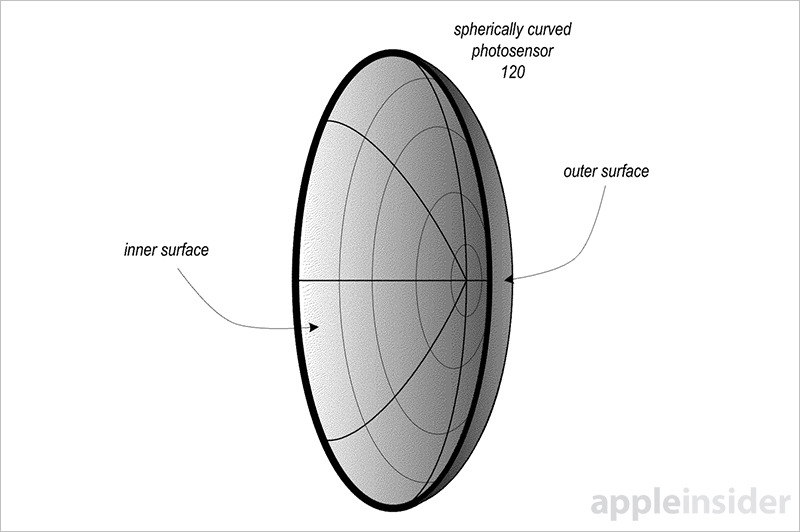
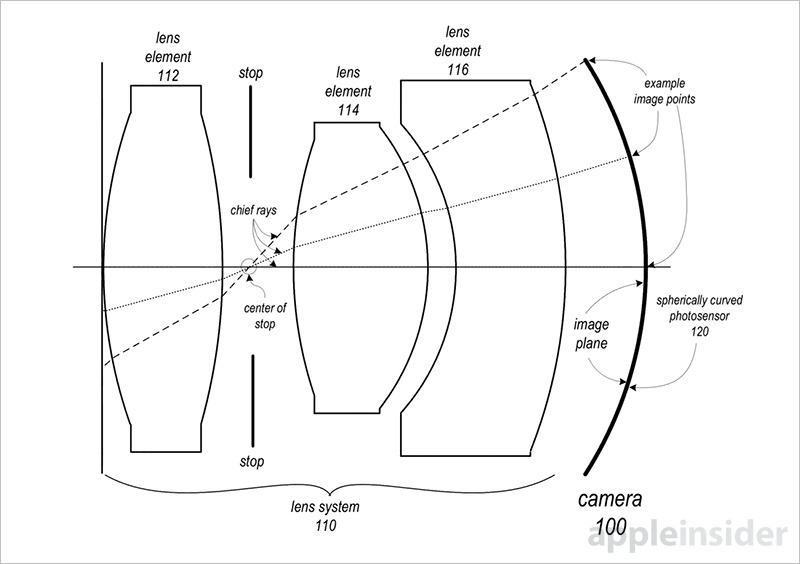







-m.jpg)





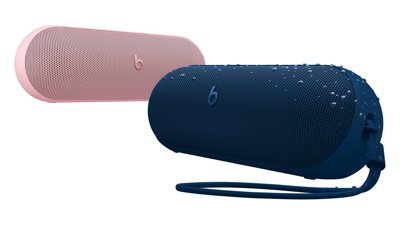
 Malcolm Owen
Malcolm Owen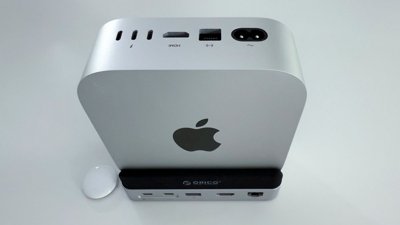
 Mike Wuerthele
Mike Wuerthele
 Andrew Orr
Andrew Orr
 Andrew O'Hara
Andrew O'Hara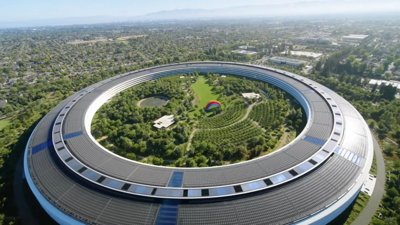

 William Gallagher
William Gallagher

 Christine McKee
Christine McKee




-m.jpg)



28 Comments
nice! And people said smaller wasn't possible. smh.
That's a bit what ultra-compact bright zoom lens like those on the Canon G7X/G5X do.
To keep the light gathering capacity up, they accept a lot of of predictable distortion, which can then be fixed in software (because it is predictable).
This introduces slight softness on the periphery in the widest end of the zoom, but it's a good
tradeoff for being able to stick those large sensors and bright zooms in a small body.
Looks like they're already working on the iPhone 9s.